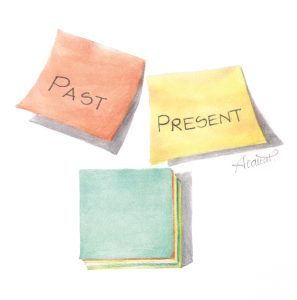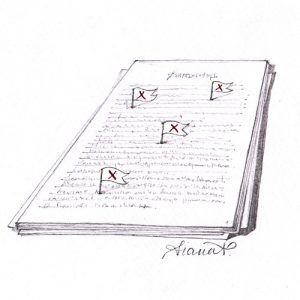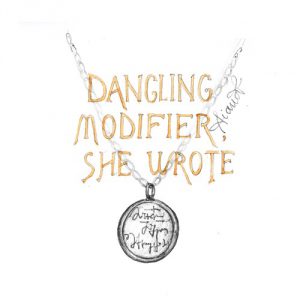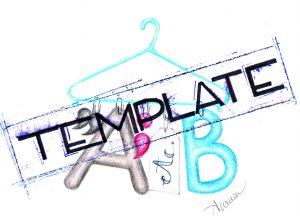If you’re fluent in English, using tenses in scientific writing should come naturally to you. You shouldn’t need to flip through a grammar book, ask a freelance editor, or search online for “methods tense” or “literature review tense”.
But verb tenses may start to haunt you if you’re writing an article for a top peer-reviewed journal and you know you have to get every detail right. For example, you may wonder, What tense should be used in methodology sections? Should the introduction or literature review be written in the present tense or past tense?
In this post I’m going to answer these and other questions on verb tenses in scientific writing to make it easier for you to understand which tenses to use in a research paper.






